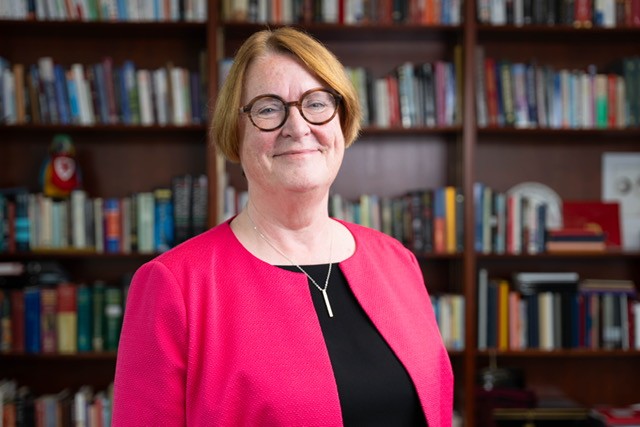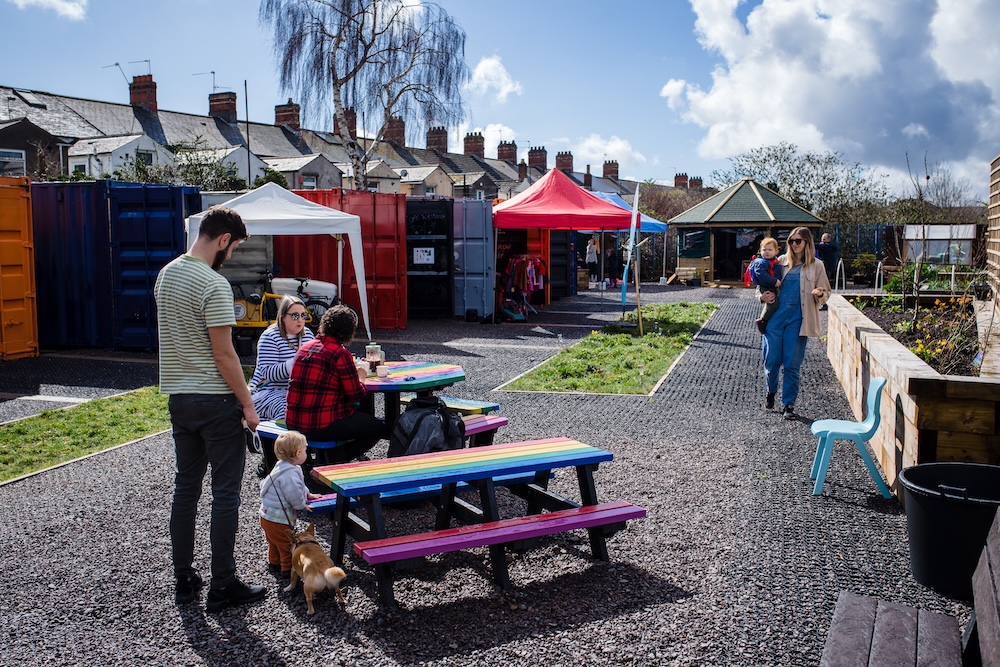Janet Finch-Saunders argues for a renewed balance in power between politicians and communities
Five years on from the Local Government Democracy (Wales) Act, and there has been little change to democratic engagement with local government. At the time, it was heralded by the former Minister for Local Government, Lesley Griffiths AM, as introducing reforms she believed would “assist and strengthen democratic processes in relation to local government”.
Although not as controversial as the Local Government Reform (Wales) Act just two years and a Minister later, this Act had been a partial response to declining engagement with local authorities in Wales. By the 2012 local government elections, Welsh turnout was low at just 38.9%. A further 99 seats were left uncontested in 22 local authorities, and up to 15% of Town and Community Council seats were being filled by ‘co-option’, or the practice of appointing members without election into vacant seats.
Despite its main focus on reforming of the Local Democracy and Boundary Commission for Wales the Act intended to ensure that local authorities were ‘democratically representative’ of their communities, as well as increase effective communication. Additionally, its emphasis on ‘robust local scrutiny’ by reforming improving access to Town and Community Council information was intended to be a key plank in the improvement of public services, and to give the public more confidence in the democratic system.
But, fast forward five years and five Local Government Ministers and Cabinet Secretaries since its introduction, we should be asking ourselves: has anything really changed for local government in Wales or the communities they serve?
We’re still facing low turnout in Wales, which stood at 42% in the local elections last year. This was a full 26% lower than the General Election just over a month later, in which over two thirds of the eligible Welsh electorate cast their ballots. A staggering 92 Councillors were returned uncontested. From the outside, this doesn’t inspire much confidence in the system; instead more of a feeling that local government is becoming a ‘closed shop’.
This feeling of being an outsider is no more apparent than within the 738 Town and Community Councils currently operating in Wales. Over 81% of seats were either uncontested or vacant in the 2017 elections, and the Wales Audit Office in January highlighted that these councils had increased their reserves by a whopping 33% since March 2014. A continual maintenance or raising of precepts is not helping with public confidence, despite their legal requirement to consider funds held in reserves when setting the precept. Even the way Town and Community Councils spend their money has come under fire, with some spending 90% of their total expenditure on staff rather than the communities they serve.
It is no wonder, therefore, that engagement with local government is painfully low in Wales. The National Survey for Wales in 2016/17 found that 84% of people had not contacted their councillor in 12 months. Only 20% agreed that they could influence decisions made in their area, a drop of 5% from 2013-14. By comparison, 5% more respondents strongly disagreed that they could influence the decisions made in their area.
This disenfranchisement is borne out in Democratic Audit UK’s 2017 assessment of Welsh local government, when it found that the public are still largely unaware of who makes the decisions in Wales and how. Weaknesses within the Welsh Government’s own stance on democratic engagement included a lack of a coherent strategy towards encouraging community involvement to an issue-driven public, as well as frequently changing performance indicators, meaning that councils’ data performance is not published in a user-friendly way.
It is clear that the Welsh Government is attempting to increase engagement through a raft of electoral reforms, as well as reviewing the roles of both local authorities and Town and Community Councils. However, while the aims are no doubt noble, the reforms will inevitably be top down and lack key aspects of democratic engagement: that of community ownership over council decisions and representation, as well as the ability for the individual to track and scrutinise local government performance.
Why can’t we, in Wales, harness the innovations and drive of communities in Wales and include them within important local decisions? There are many examples from around the UK we could look to, including the Upper Dales Community Partnership, which runs key community assets threatened with closure in the tiny village of Hawes, including a petrol station and a library. Lilac Grove in Leeds is also a prime example of a community building programme which provides eco-friendly, affordable homes using the Community Right to Build. However, the Welsh Government, for reasons which could only be ideological, still has not provided Welsh communities with this power under the Community Rights Agenda, despite being able to for seven years.
The present Cabinet Secretary is determined to ‘dig in’ and do things his own way, rather than try a truly collaborative and ‘citizen centred’ effort by giving communities an opportunity to run some of their much-cherished assets and services, thereby helping both democratic engagement and taking some of the load from already stretched public services.
This is not to denigrate the fantastic work many Welsh local authorities and their councillors carry out – especially in times where they have to do more with less – but upcoming local government reform and review of Town and Community Councils will provide an opportune moment for Welsh Government to redress the balance of politicians vs. communities.
All articles published on Click on Wales are subject to IWA’s disclaimer.






Comments are closed.